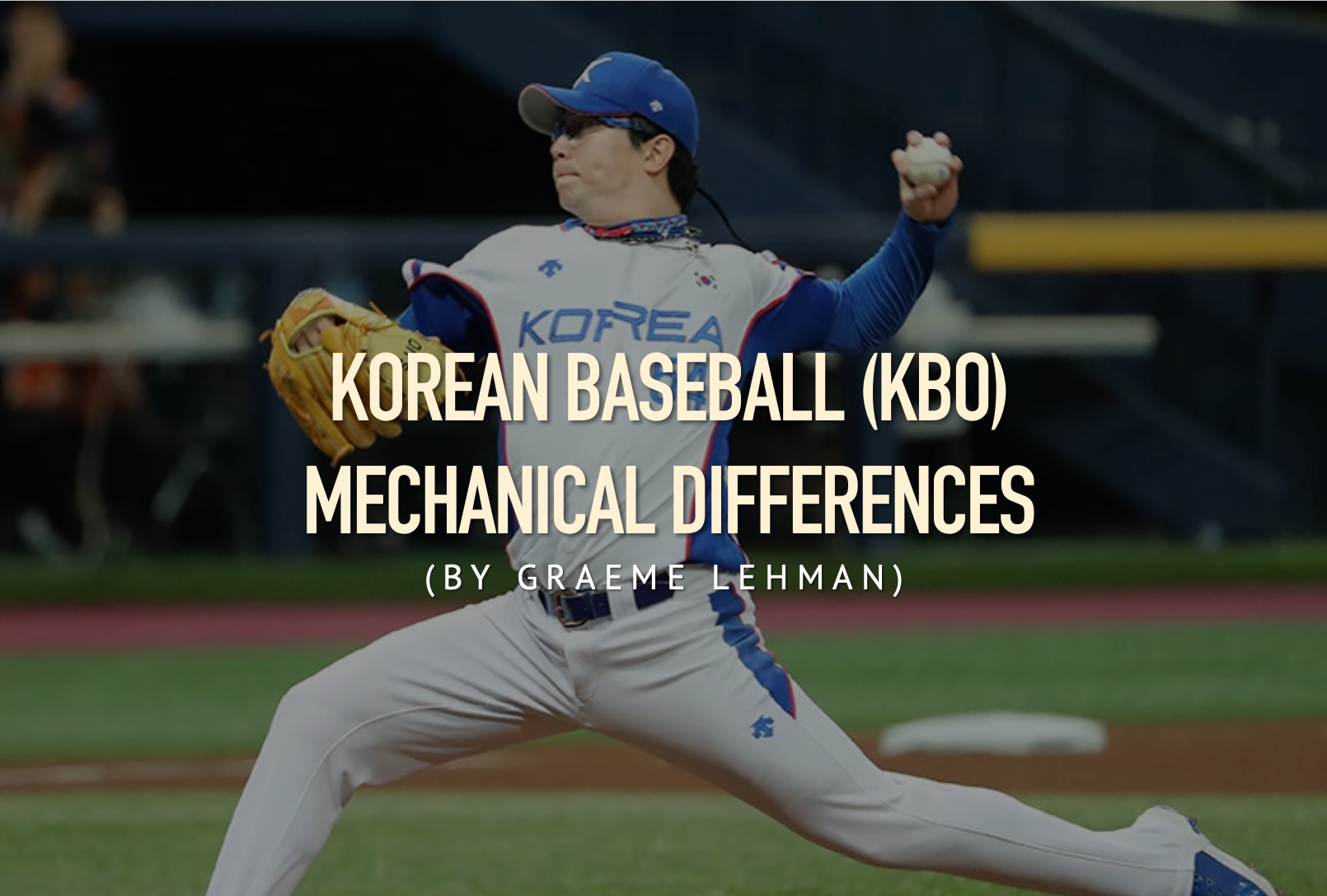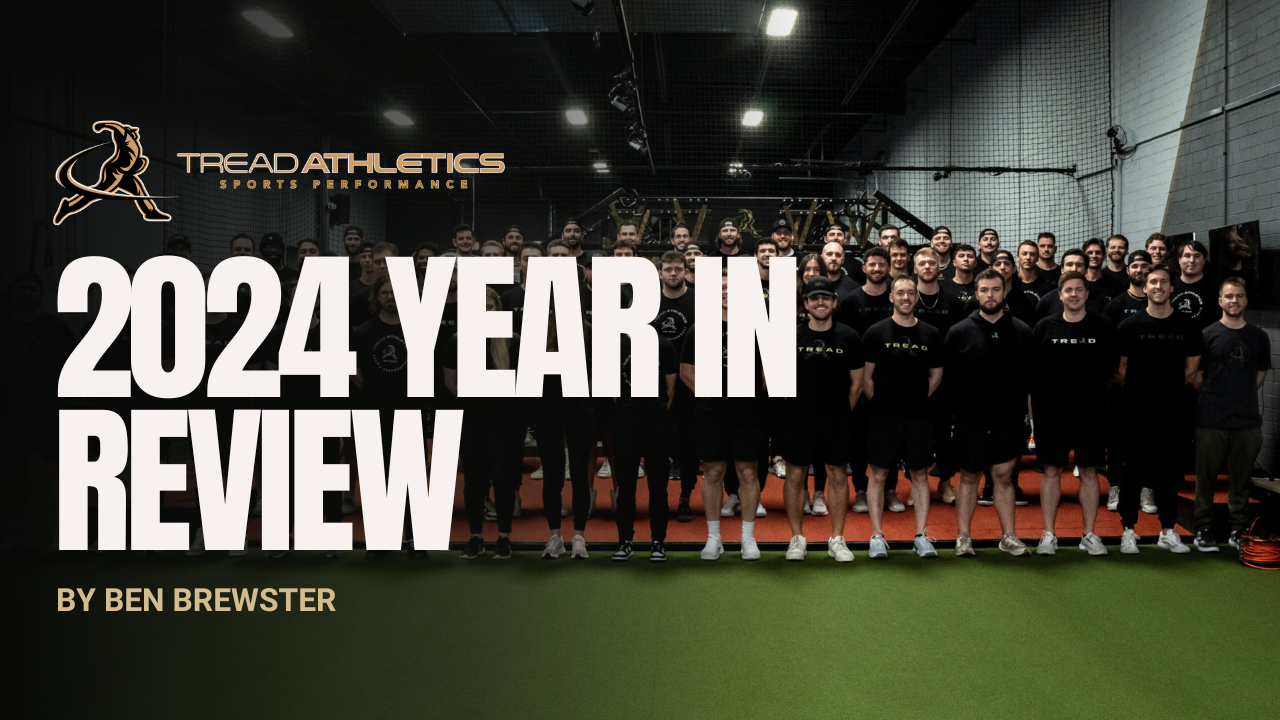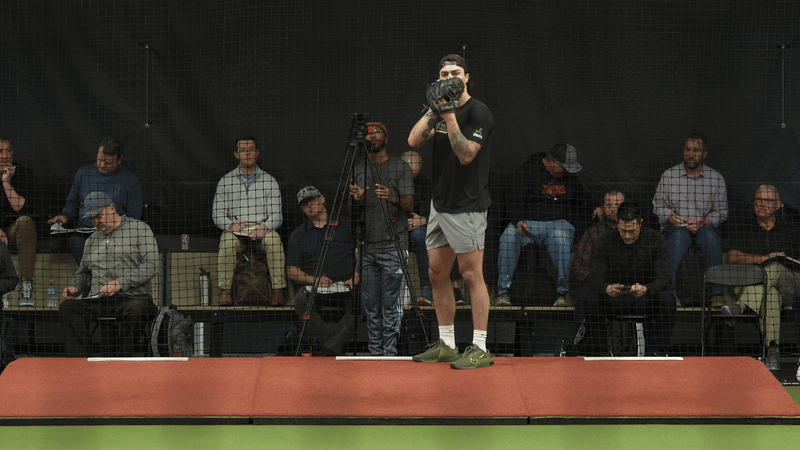By Graeme Lehman, MS, CSCS
In honor of the Korean Baseball League starting up, we are going to explore this great study that looked at the mechanical differences between professional pitchers in America and Korea.

What makes this study interesting is that the American pitchers threw about 10% harder than their Korean counterparts. The study then dives deep into the mechanical and physical differences between these two groups so that we can see what allowed for this variation in velocity. This information obviously becomes useful for anyone trying to improve their own throwing velocity.
This study was performed in 2002 by Escamilla with the help of Dr. Glen Fleisig and Dr. James Andrews. These three have pumped out some of the best baseball research over the last 20+ years.
So let’s look at the differences between the American pitchers, whose velocity averaged 85 mph in the study, compared to the Koreans’ who averaged 77 mph in these testing conditions. Both groups threw 8-10 fastballs after performing their usual pre-game warm-up, and instructed to throw with 100% effort. For reference, this study was conducted in 2002 when the MLB average velocity was 89.9 mph and the KBO average velocity was ~85 mph according to this source.
And while these velocities might not excite you it should also be noted that velocities reported in research labs aren’t as eye-popping as what we see on TV. You should try throwing in your underwear covered with 30 plus markers and see what happens to your velocity. Unless you have a hype man and just drank a Red Bull (or your name is Tucker Davidson), I bet it goes down too.
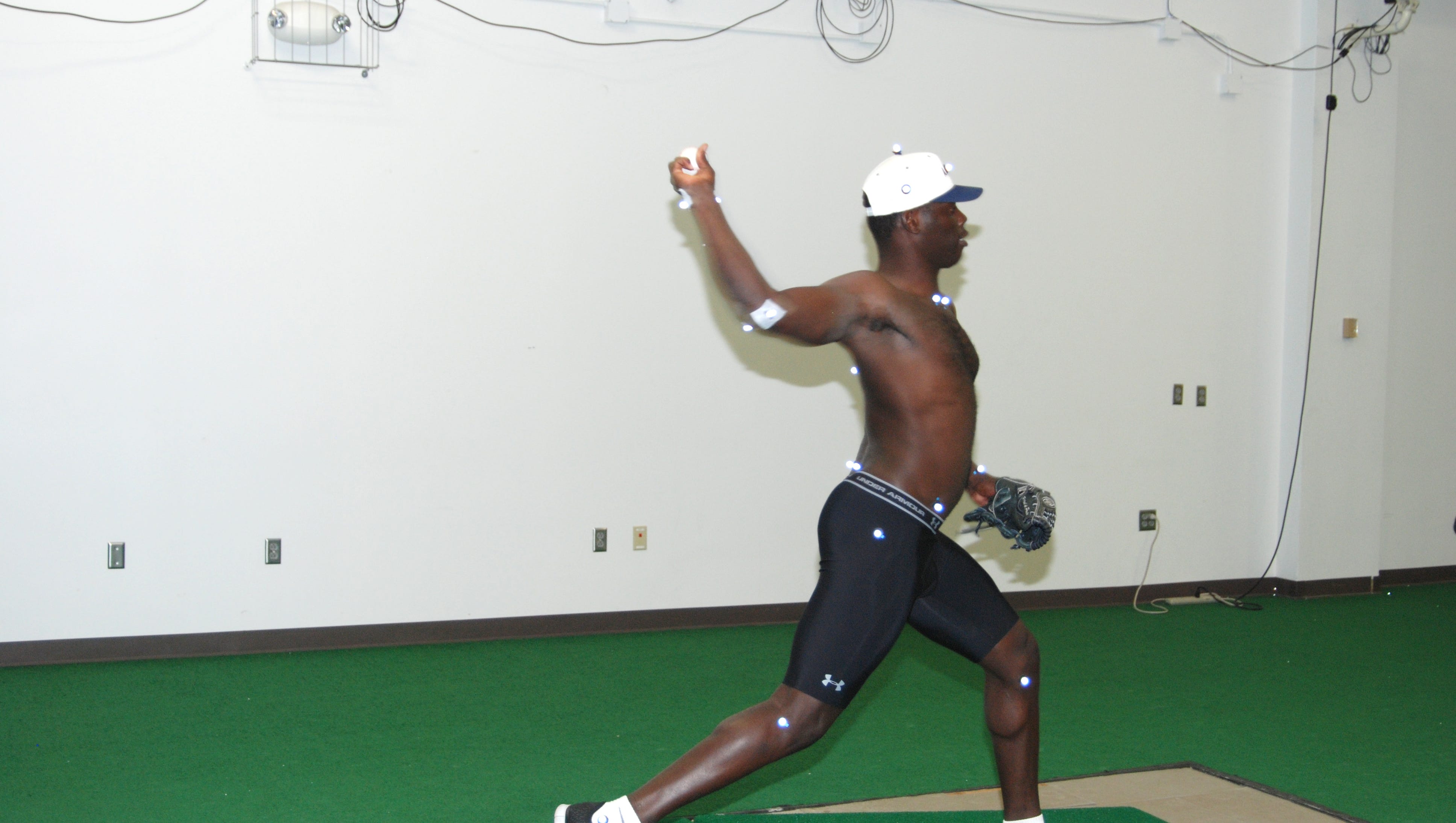
Physical Differences
The American pitchers were taller and heavier at 183 lbs and 5’11”. Keep in mind that this was in 2002. This was compared to the Korean group who weighed in at an average of 177 lbs and stood at about 5’9.5”.
The Americans also had slightly longer arms when measured from the acromion to the radial styloid process. The average American arm length was 25.3” compared to 24.4”.
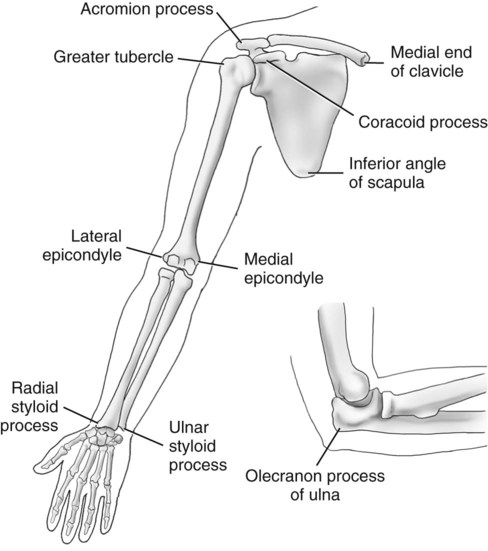
The authors of this study stated that “approximately 50% of the variability in ball velocity can be explained by these anthropometric variables, with body mass being the most predictive in determining ball velocity.”
This supports the general velocity-building idea of “mass=gas.” However, it can only be attributed to about half of the difference in velocity meaning that the rest must be coming from other variables including their mechanical differences.
Editor’s note: bodyweight and lean mass are tied to some extent to height. Taller athletes tend to have larger frames, more bone mass, blood volume, etc. Mass=gas isn’t always the answer for pitchers, as it is the composition of that weight that potentially contributes to velocity. It would also be hard to know if the Korean group at only 1.5 inches shorter and 6 lbs lighter had significantly less muscle mass or if that difference in weight could all be attributed to non-contractile tissue like bone mass. Without more detail from the study, it’s hard to draw any firm conclusions. See our athlete testimonials for both examples of athletes who lost and gained weight in making their velocity transformations.
Mechanical Differences
At front foot contact (FFC), the American pitchers had more horizontal abduction. This means that they placed more of a stretch across their chest. The authors stated that “it is likely that the American pitchers pre-stretched their anterior shoulder musculature to a greater extent that the Korean pitchers.”

Editor’s note: one of the assessments that we use with remote athletes is what we call the “field goal test” to see just how much active horizontal abduction each athlete has (this movement also involves scapular retraction). Without this mobility, it may be more difficult to create maximal velocity since the act of pitching requires a lot of elastic energy from the upper body that happens in part as a result of this pre-stretch. In addition, greater degrees of horizontal abduction lend to larger ranges of motion over which to accelerate the arm (and ball). Learn more about this in our videos on scap retraction, reflexive pec fire, and scapular dig.
For the record, the Americans had -27 degrees compared to -14 degrees. If you put your arms straight out to the sides that would be zero degrees, so anything past that is in the negative.
 Less Horizontal Abduction at FFC
Less Horizontal Abduction at FFCAnother key difference at front foot contact was that the Koreans had more external rotation of their throwing arm with 68 degrees compared to the Americans with 45 degrees. 90 degrees would be the forearm perfectly vertical at landing while 0 degrees would be the forearm perfectly horizontal at landing.
/cdn.vox-cdn.com/uploads/chorus_asset/file/16290588/usa_today_12694029.jpg)
So while the Korean pitchers have more ER at FFC contact they have less in the lay-back position that is called the arm cocking position in the research world.
Everyone knows that you need lots of lay-back to throw hard. This is supported in the research. Its been shown that pitchers who could throw about 86 mph or harder had about 180 degrees of external rotation. Whereas pitchers who could only throw about 75 mph only displayed about 166 degrees of external rotation. (Matsuo et al. 2001).
This research paper agrees with these results, almost exactly. American pitchers had an average of 181 degrees of external rotation compared to only 167 degrees from the Korean’s.
More external rotation gives the arm more time and range to transfer momentum to the baseball resulting in more velocity.
Note: while the terms layback and external rotation are often used interchangeably, recognize that not all of that range is occurring at the actual shoulder (glenohumeral) joint. Getting the arm into this position is a paired motion that involves the scapula tilting and the thoracic spine extending. Many tissues are involved in allowing this layback to occur (click here for more info)

What’s even more interesting is the amount of external rotation that happens between the time when the front foot hits the ground and when the arm reaches this max layback position. While the American’s had more ER at lay-back they displayed a lot less at front foot contact. The Korean pitchers had 68 degrees of external rotation when the their front foot hit the ground and only traveled another 99 degrees until it reached 167 at lay-back.
The shoulders of the American pitchers went through 136 degrees of external rotation before transitioning to internal rotation. This extra range allows for more eccentric energy to be transferred into internal rotation. Think about trying to jump as high as you can, you won’t reach your max height if you only bend your knees a couple of inches. You need to give your muscles and tendons more time and energy to really maximize the stretch reflex that is so important in throwing.

Let’s look at what’s happening in the rest of the body. There was a significant difference with the front leg mechanics between the Korean and American pitchers from the time between front foot contact (FFC) and ball release (BR). The American pitchers displayed about 17 degrees of knee extension (49 @ FFC, 32 @ BR) whereas the Korean’s front leg stayed in almost and isometric position only going from 50 @ FFC to 48 @ ball release.
This knee extension allows for a more efficient transfer of power. But just to be clear this doesn’t just happen in the sagittal plane, to learn more check out the 1-hour mark exactly of this video that Ben put together when he looked at Marcus Stroman’s mechanics. Or check out his explanation of this “Pawback mechanism” here.

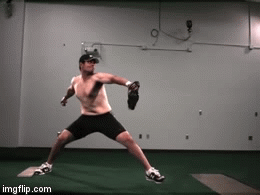
Finally at ball release the Americans had more forward trunk tilt with about 36 degrees compared to only 26 degrees. This again gives the American more time and space which allows them to transfer more momentum to the baseball.

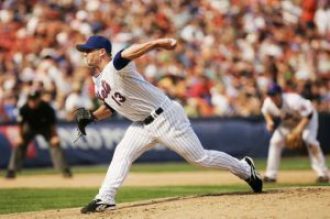
Note: we have found in our coaching that forward trunk tilt, while a potentially effective indicator of mechanical efficiency, is not something that should be directly cued. Rather, it is more of a downstream result of effectively sequencing the throw into landing. An efficient unload propels the torso out over the front leg, but drills that encourage artificially reaching and bending forward at the waist (like most towel drills) can actually be counterproductive.
Final Thoughts
So there you have it. When you get this combination of physical advantages (weight and length) and couple them with more efficient positions and patterns you get more velocity.
What’s interesting is that even as this study was being performed back in 2002, the KBO was undergoing a massive transformation in the way in which they approached training and velocity for their pitchers.
According to this FanGraphs article, as more foreign players began joining the KBO in the early 2000’s,
Korean pitchers now began focusing on weight training to gain velocity and spin rate. Average velocity thus rose from 85 mph to about 89 in the span of a decade–a drastic change considering the major league velocity increase of 91.0 to 92.5 in the same period.
I can only imagine that these trends will continue as the rest of the world continues to watch the evolution of MLB player development.
I hope that this provided you with a great checklist for your own mechanics or at the very least you can impress your friends when you’re watching Korean Baseball. Let’s go LG Twins!! They are my favourite since both my fridge and stove are LG.
Graeme

